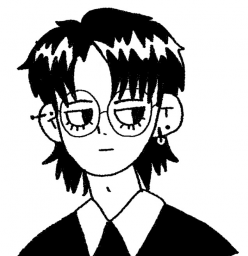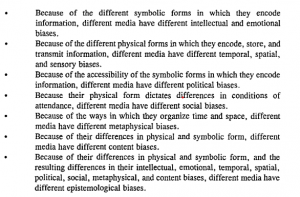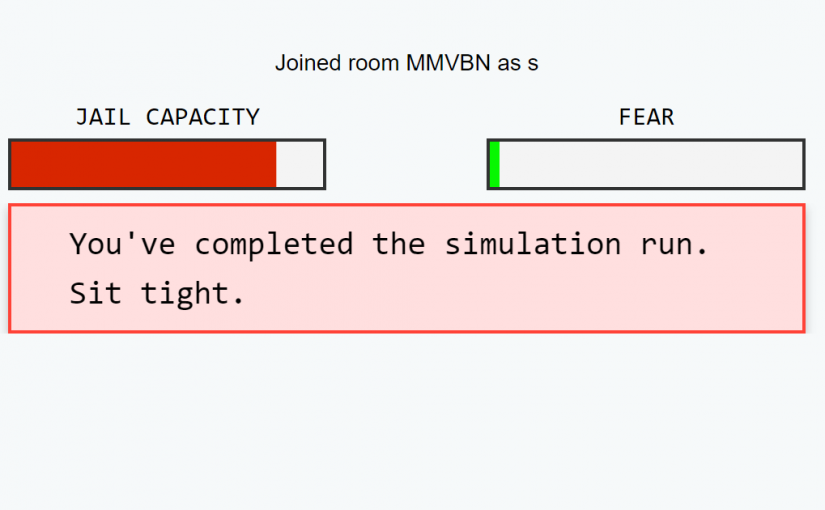Project Overview: MySupport
Our goal is to offer a digital centralized health management platform for special education students. Oftentimes, special education students have a large support network that can include a multitude of personal support workers (PSW) and individuals. For example, special education students can have school teachers, external tutors, speech therapists, physical therapists, and more depending on their needs.
Through our experiences working the public health system (Helena) and working with youths on the autism spectrum (Sophy), we realized there lacked an accessible and centralized platform for parents and PSWs to communicate and collaborate with each other.
Our platform serves to create a centralized space where all the support workers can input data, information, and clinical notes about the child’s progress for the parents and all the other PSWs to access.
Challenges MySupport Tackles
-
- Parents are overburdened with administrative tasks
Students with special needs or extra support often need a large and expansive support network. Oftentimes, communication between PSWs is limited and parents need to devote a lot of time and energy to reiterating, organizing, and archiving information about their special needs child. Parents struggle with updating new PSWs and they are usually left with the task of ensuring that new PSW are given the information needed to appropriately support their child. Parents, who require more support to begin with, then are tasked with administrative duties that take time away from their ability to better care for their child and family.
- Parents are overburdened with administrative tasks
-
- Information is not centralized between PSWs
Currently, information about special education students is not centralized in one place. The challenges this presents is that, they don’t have access to the information and progress that is being made by other PSWs that could better inform their practice and give the student the best support possible. An example being, that a student’s teacher could better help the student in the classroom if they are aware of the progress being made with the tutors or the speech therapist.Oftentimes, there can be a huge turnover rate of certain PSWs members on the team (e.g. tutors, educational assistants, etc.) such that it takes extra time and effort onboarding someone new. Having a centralized communication platform with information of the child available can streamline the process, and hopefully help with building rapport quickly between the child and new team members. An example being that with the profile and additional information available on the platform, the new member can have a better idea of how the child is motivated, their preferred ways of communication, and any additional behavior that PSWs should know such that they can build a connection to support their needs.
- Information is not centralized between PSWs
-
- There is a limited ability to extrapolate data
The disconnection between all the progress being made by each support worker also means there is no easy way to collectively track the child’s progress and attain real ent and important data. Oftentimes, there is no way for the parents or the PWS to collectively assess the child’s behavior and recognize patterns or changes. In addition, having context specific records of behavior patterns that pop up can also help the team understand what needs to be done to provide the right support.
- There is a limited ability to extrapolate data
MySupport Solutions
MySupport seeks to make the lives of parents and families easier by removing the burden of tracking and organizing feedback and progress between PSWs. Parents, especially in blended or divorced families where guardians are not always together to support the child may benefit from centralized communication. Further, with children that require a high level of support, extended family like grandparents might also be involved. MySupport allows all relevant parties caring for the child to stay updated and aware of their development. Effectively, the platform streamlines communication across all stakeholders and removes the possibility that information will be forgotten, lost, or missed.
Demographic and Target Audience
- Guardians of Special Education Children
Parents of special education children could use this platform as a means of centralizing communication and communicating with all PSW.
- PSWs Supporting Special Education Children
The personal support workers who are working to support special needs children in all aspects of their life would benefit from a centralized platform that allows for progress management.
How Does it Work?
All personal support workers would be given access to the child’s profile and each PSW worker would have a respective section where they would be able to upload documents, add updates, and keep track of the child’s progress. Over the period in which they are supporting the child, each PSW would also have access to the other PSWs sections to be able to see their updates as well. Parents would be able to control who has access to each section, for example a parent might not feel comfortable with a tutor seeing the physical therapists updates, so the tutor would only have access to the school teachers updates. The control of visibility would be determined by the parents and the respective PSW. However, each PSW would have a dashboard where all the updates from other PSW would be centralized and organized so that they could stay in the loop with the students’ progress through written documentation.
Further, our platform would include integrated survey and questionnaire methods that allow parents and PSW to keep track of progress being made using assessment methods that could then be extrapolated to find patterns and helpful data.
Platform Outcomes
The centralized platform would mean that all the information and required documents would be added to the platform by individuals. Each individual would need to have a place to store their respective materials as well as one place where all the updates could be easily displayed, preferably in a chronological order. Further, this dashboard would act as a database that allows parents and PSW to search for information if they need to reference anything.
Technical Components
We intend on deploying our product ona cloud-based customer relationship management (CRM) platform. The benefit of using a CRM platform in a healthcare management setting, is that it includes several automation and integration features that would make catering our product to several PSWs more inclusive. For example, being able to integrate Google Classroom schedules as well as an Outlook calendar into a centralized calendar system ensures that all important dates are automatically populated. Further, contact management and pipeline management are needed to help track and manage progress and internal development.
Salesforce would be an ideal platform, as it is expansive, versatile, and scalable depending on the team’s needs, and the cloud-based portal would make the platform accessible. However, a limitation to using this platform is that the service is not free for small business or individual users. Meaning, it is more cost effective for the development of our prototype to look elsewhere and find a product that is more financially accessible in the time being.
Similar CRM technologies include Hubspot, Zoho, Freshsales, Insightly, etc.
For the demonstration of our tool, we plan to use Hubspot as it is more user-friendly on smaller scales and has more affordable plans. In the Free CRM Plan, the automation function is limited, and requires upgrade and payment. It can also be easily integrated with other external applications for file storage, spreadsheets, emails, databases, etc.
Limitations
Our main limitation is to ensure that the healthcare management system must comply with HIPPA health regulations and privacy concerns.




